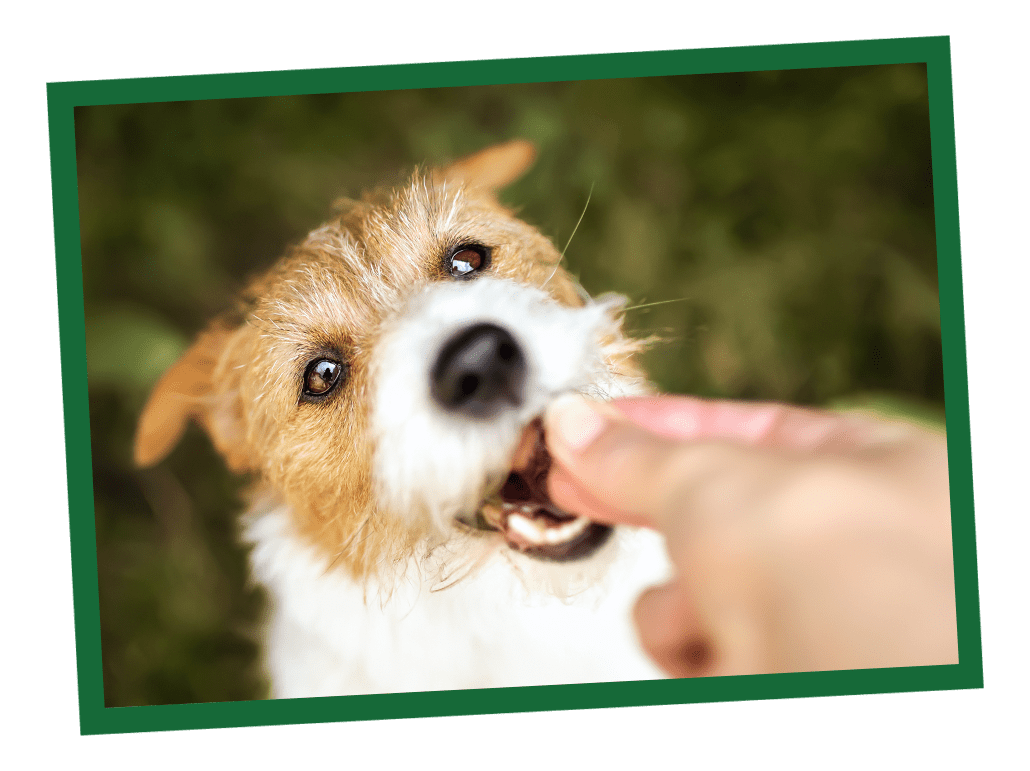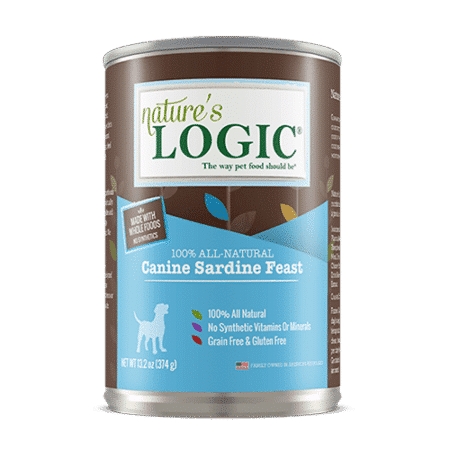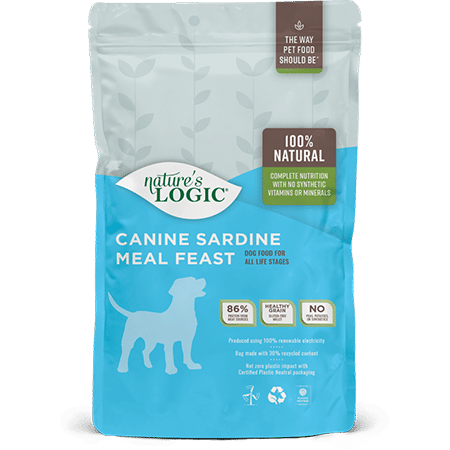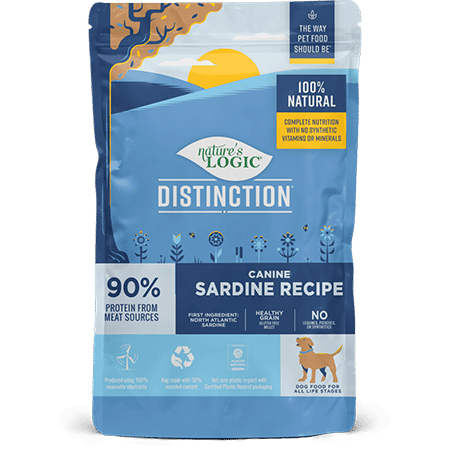Can Dogs Eat Sardines?
As pet parents, we often find ourselves looking for ways to keep our dogs healthy and happy. When it comes to their diet, we find ourselves wanting to better understand how we can strike a balance between taste and nutrition in their daily meals. Today, we’re setting our sights on better understanding a tasty little fish – the sardine – and how it can best be incorporated into our furry friends’ diets.
So, can dogs eat sardines? Yes, they can! However, there are some things you’ll want to consider before feeding sardines to your dog.
What are the Benefits of Feeding Sardines to My Dog?
Sardines are a small, oily fish, packed with nutrients. They are an excellent source of protein, omega-3 fatty acids, vitamins like B12 and D, and a range of beneficial minerals. These nutrients can be beneficial for dogs, making sardines an ideal protein choice for kibble, to offer as an occasional treat, or use in supplementing their diet.
- Promotes Heart Health:
- Omega-3 fatty acids found in sardines can promote lower triglycerides and blood pressure.
- Supports Cognitive Function:
- Sardines have DHA, an omega-3 fatty acid essential for brain health and cognitive function.
- Promotes a Healthy Skin and Coat:
- Omega-3s in sardines promote skin health by helping reduce inflammation and itching. They also support a shiny, healthy coat.
- Boosts Immune System:
- Sardines are a rich source of vitamin D, which supports your dog in regulating their immune system.
- Supplies Essential Protein:
- Sardines offer high quality protein that supports muscle development.
- Reduces Inflammation:
- Sardines have antioxidants that help reduce inflammation throughout the body.
- Promotes Bone Health:
- The calcium and phosphorus found in sardines promote bone health and development.
- Supports Healthy Vision:
- DHA, an omega-3 fatty acid in sardines, supports healthy vision in dogs.
Are Sardines Safe for Dogs?
While sardines are generally safe for dogs to eat, there are things to keep in mind when feeding sardines to your dog. However, to safely integrate sardines into your dog’s diet, our top tip is choosing a natural pet food that utilizes sardines into the recipe. Nature’s Logic carries 100% all natural, synthetic free dog foods, with high quality proteins, like sardine, as the first ingredient in their recipes.
Here’s additional things to keep in mind when feeding sardines to your pup:
Sardines should be cooked
Make sure to feed your dog cooked sardines only. Raw sardines can have parasites that can make your dog sick.
Avoid sardines in oil
Avoid feeding your dog sardines that have been packed in sauce or oil – like coconut or olive oil. These sardines can be high in calories and unhealthy fats and can lead to unwanted weight gain if not properly watched.
Avoid salted sardines
Look for salt-free options and those without added seasoning, especially if you’re feeding canned sardines. Canned sardines packed in spring water are ideal.
Sardines in moderation
Aside from a high quality, sardine protein dry kibble or canned wet food for your dog, only feed your canine friend sardines in moderation. Too many sardines can cause digestive upset and diarrhea. If you have questions on incorporating them into your pup’s diet, we suggest talking it through with your vet.
Avoid large sardine bones
Keep in mind that canned sardines do typically have soft bones. Be sure to exercise caution and avoid feeding your dog sardines with hard or numerous bones to prevent potential choking hazards.
For fresh sardines, be sure to inspect and remove any large bones before serving.
Are There Dogs Who Should Avoid Sardines?
While sardines offer a wealth of nutritional benefits for dogs, it’s important to consider your dog’s overall health and age when incorporating them into their diet.
Always consult with your vet before making changes to your dog’s diet. They’ll evaluate your dog’s needs, recommend how to make changes to their diet, and offer practical tips to properly integrate sardines into your dog’s meals.
How Should Sardines Be Introduced to a Dog’s Diet?
Introducing sardines to your dog’s diet should be done gradually. Changing your dog’s food too quickly can cause unwanted symptoms and discomfort for your furry companion. Here’s a guide to help promote a smooth transition:
- Start with Small Portions:
- Begin by offering your dog a small portion of sardines as a treat or mixed with their regular kibble.
- Feed a Sardine Protein Dog Food:
- Feeding your dog a sardine protein focused kibble, like Nature’s Logic Distinction Canine Sardine Recipe or Canine Sardine Meal Feast, takes the guesswork out of introducing this protein.
- Monitor for Reactions:
- Continuously monitor your dog’s reaction when first introducing sardines. If you notice any adverse effects, stop using it and consult your veterinarian.
Feeding Your Dog Sardines with Nature’s Logic
Dogs can indeed enjoy the benefits of sardines when incorporated responsibly into their diet. These nutrient rich fish bring a host of health rewards and are a tasty choice for dogs. Finding the right way to incorporate them into your dog’s diet is key, so to help make it a bit easier, be sure to browse our dog food recipes that feature sardines as the primary protein.








